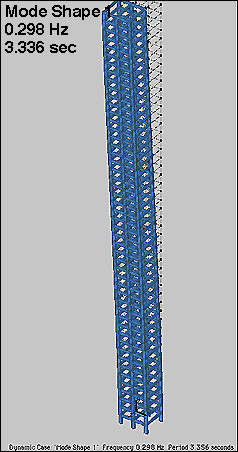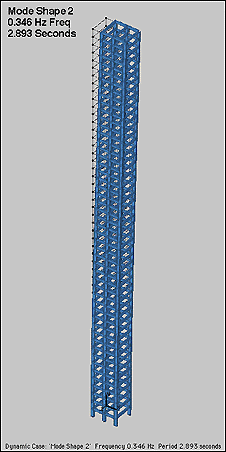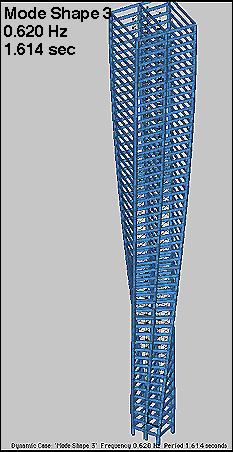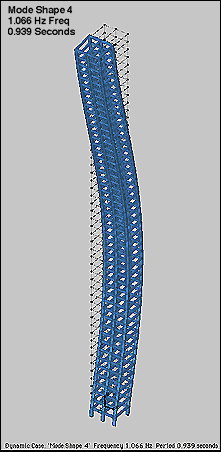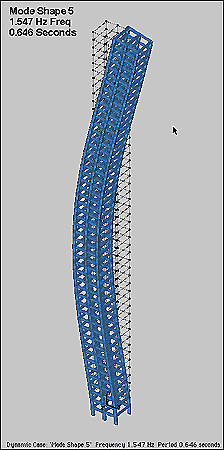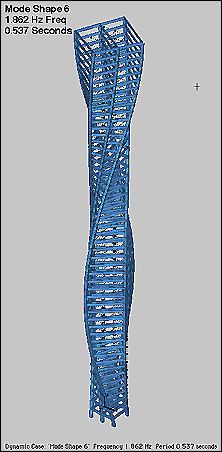



Earthquakes and Earthquake Loading
Geology
Site Influences
Quake Assessment
- Four generic types:
- Single shock
- moderatly long, extermely irregular motion
- long ground motion with pronounced periods of vibration
- ground motion with permanent deformation
- Modified Mercalli Intensity Scale (1902, modified in 1931) UBC referrs to this
- Impacts of Earthquakes on Buildings [READ THIS]
- Richter Magnitude based on maximum amplitude (1935)
relates to the energy which is released at Epicenter and has values from 3 to 9. Each unit represents an increase of about 32 times more energy. Hiroshima atomic bomb was about a 6.4, Alaska 1964 a 8.4 = about 1000 times more energy released!
- The Wave Form
- Shake = Push/Pull = Primary = FAST
- Rattle = Shear = Secondary = SLOWer
- Roll = Ground Swell = Variable speed
Effects on Buildings
- Forces:
Inertial: F= mass x acceleration
Elastic : F=[stiffness] x deformation
- Total effect depends on the Earthquake's acceleration, duration and period
- Buildings tend to act like springs
Haronic motion
- Amplitude = displacement from neutral position
- Period = time elapsed for one complete cycle
- Frequency = number of cycles per second
- Damping
- Modes
Fundamental = Natural Period
(0.5 for low to 7 or 8 for tall)
Multiple depending on structure's weight, stiffness, size, etc.
| Mode | Freq (Hz) | Period (s) |
|---|
| 1 | 0.298 | 3.356 |
| 2 | 0.346 | 2.893 |
| 3 | 0.620 | 1.614 |
| 4 | 1.066 | 0.939 |
| 5 | 1.547 | 0.646 |
| 6 | 1.862 | 0.537 |
| 7 | 2.107 | 0.475 |
Now let's see some....
And now to the SO WHAT?
- Cyclic destruction
- PDEltA Effect - Soft Story problems
- Drift
- Configuration Considerations - regular vs. irregular
- The "L"
- Optimal according to the AIA booklet
- What I want you to remember!
- Design a crush zone.
- Design controlled failure points
- Think of automobiles in a collision
what crushes?
what would happen if the trunk was totally stiff?
what is the intention of the design?
survival!
- Do not try to armwrestle with Mother Nature - she WILL win
As Prof. Kirk Martini, UVa says
"There is good damage and bad damage."
Design for weakness - plan for failure!
HOMEWORK PROBLEMS
Further reading:
- Bolt, Bruce. Earthquakes: A Primer.
excellent explaination of ground motion.
- Arnold, Christopher. Building Configuration and Seismic Design.
excellent discussion of the way a building behaves in an earthquake and how to design for this behavior.
- Ambrose, James. Siomplified Building Design for Wind and Earthquake Forces.
Is to a designer what "The Joy of Cooking" is for a chef - full of the basics when you need them.
Copyright © 1997 by Chris H. Luebkeman








